It's hard to believe, but before the the 1800s, Christmas was not celebrated in the same ways we celebrate it today. People didn't decorate trees in their homes, send greeting cards to one another, or give presents for the holiday. By the beginning of the 1900s, Christmas had grown into a widely-celebrated holiday with traditions that we still follow to this day!
Decorating Christmas Trees in the Home
In the early 1800s, most people did not decorate evergreen trees inside their homes. When Queen Victoria married Prince Albert from Germany, he brought his family traditions with him. In 1848, a London newspaper published an illustration of the royal family celebrating the holiday around a beautifully decorated tree. The royal family was very loved by the people of England, so families wanted to celebrate the holiday the same way. Before long, homes across the country were filled with evergreens covered in decorations.CLASSROOM APPLICATIONS:
Children in Victorian England were very involved in decorating the family Christmas tree. They would make colorful paper chains, string popcorn and cranberries together, and make homemade ornaments. They created ornaments by drying orange slices, painting nuts or pinecones with silver and gold, or pressing seasonal shapes out of salt dough with a cookie cutter.- Consider putting up an evergreen tree in your classroom and letting the students take on the responsibility of decorating it with their own creations!
- Students can dry orange slices for ornaments. In science, they can make observations of the physical changes that take place and hypothesize why they are happening.
- Students can practice liquid and dry measurement by making salt dough ornaments from scratch.
- Students can practice measurement and patterning by creating paper chains to decorate the tree. For a cooperative learning extension, challenge groups to create the longest chain possible using only one sheet of paper.
- Students can design a 3-dimensional Christmas tree with traditional Victorian decorations.
Exchanging Gifts Wrapped in Paper
Wrapping gifts in beautiful paper also has its roots in Victorian England. Originally, gifts were exchanged at the beginning of the New Year. As gift-giving became a more popular practice at Christmas time, people began incorporating gifts in and under the tree. It was considered a sign of wealth to be able to disguise gifts with paper. Many Victorian people had patterned wallpaper in their houses, so they began wrapping gifts in wallpaper or brown paper. Sometimes they decorated the brown paper using potato stamps and paint. Tape was not invented yet, so they held the wrapping paper together with colorful ribbons, twine, or sealing wax.CLASSROOM APPLICATIONS:
Encourage your students decorate their own wrapping paper.- Spread out big sheets of bulletin board paper on the floor and let students stamp it with potato stamps.
- Students can decorate small brown paper lunch bags with potato stamps, paint, or their own drawings.
- For a challenging cooperative learning activity, have your students work in partners or teams to wrap a present without using tape!
Singing Christmas Carols
While caroling existed before the 1800s, it was not connected with Christmas. The Victorian era did much to commercialize Christmas, so book publishers began to create many anthologies of Christmas songs. Many popular Christmas songs we still sing today were originally written and published during this time.CLASSROOM APPLICATIONS:
- Students can read traditional Christmas carols to practice reading fluency and identify the meaning of unknown words.
- Students can read traditional Christmas carols to infer the theme and author's purpose.
- Students can research the origin of their favorite Christmas song, then write a paragraph including details about its origin and why the song is meaningful to them.
If you would like to incorporate Victorian traditions into your classroom this year, download this FOREVER FREEBIE by clicking on the picture below. It includes non-fiction text passages and a hands-on craft that your students are sure to love!
If you try any of these ideas out, let me know how it goes in the comments below!

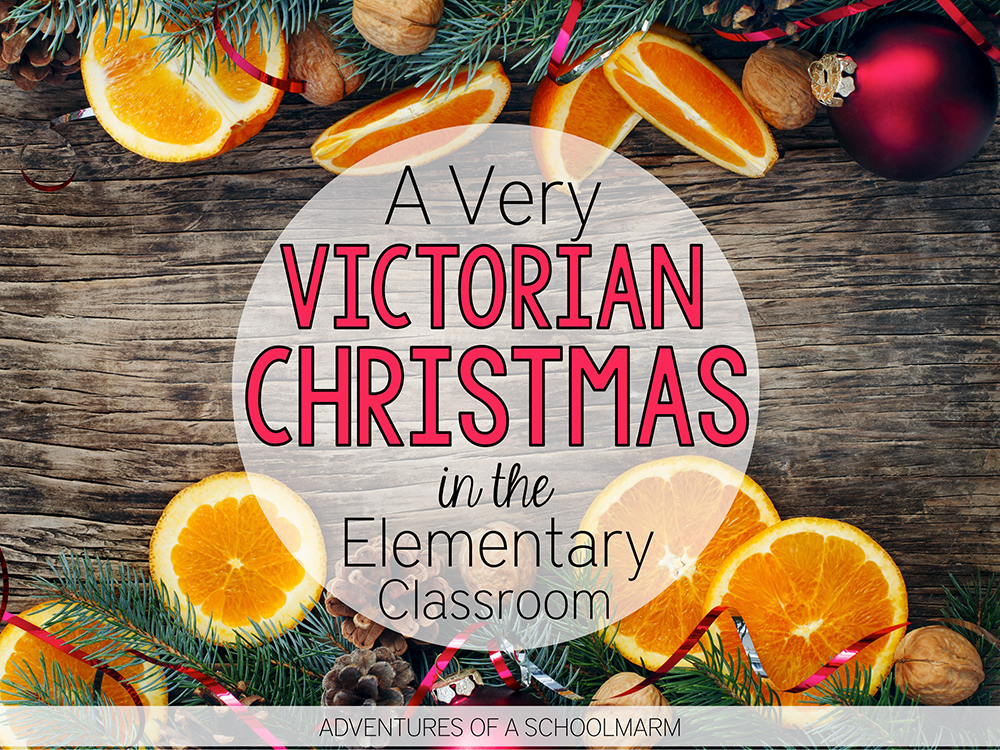

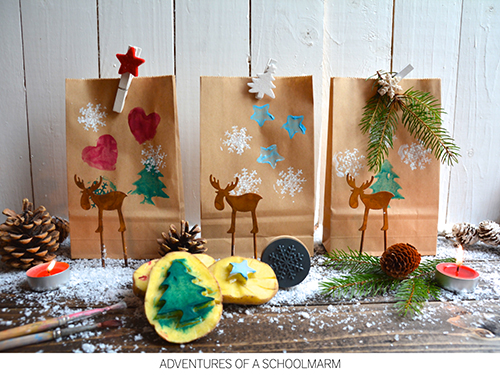
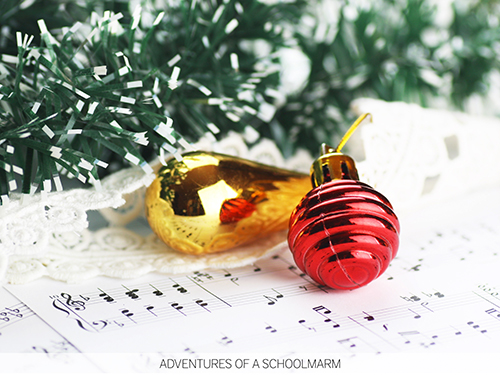
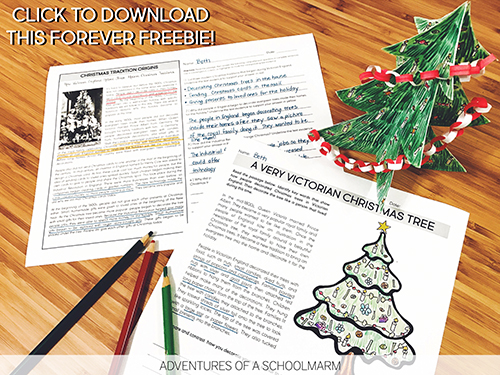
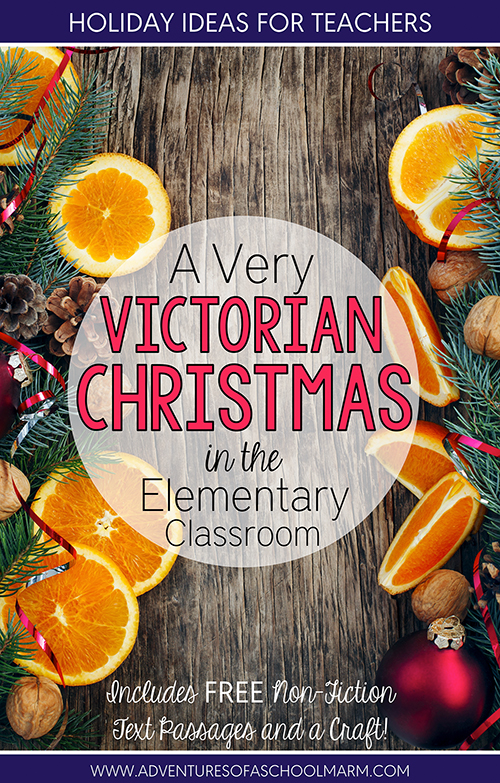



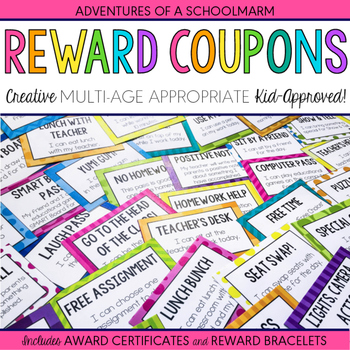
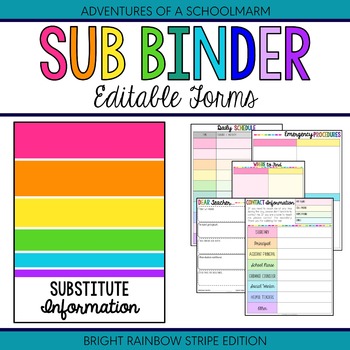
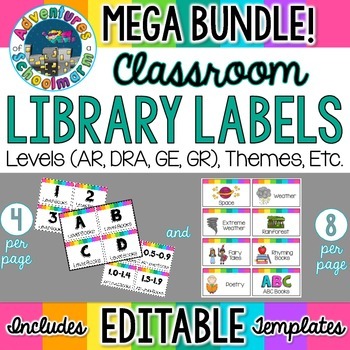
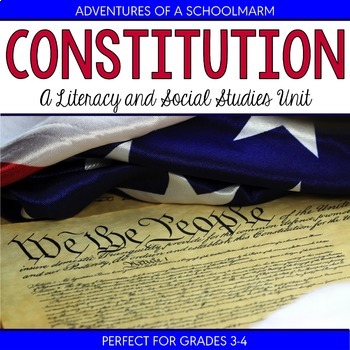
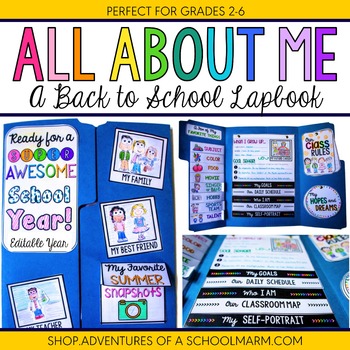
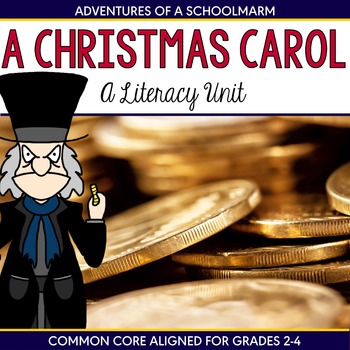
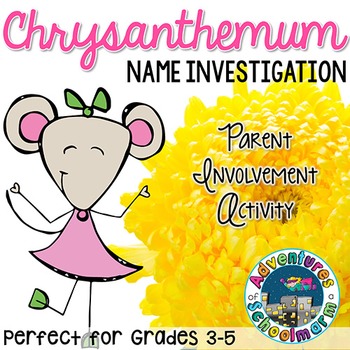



No comments